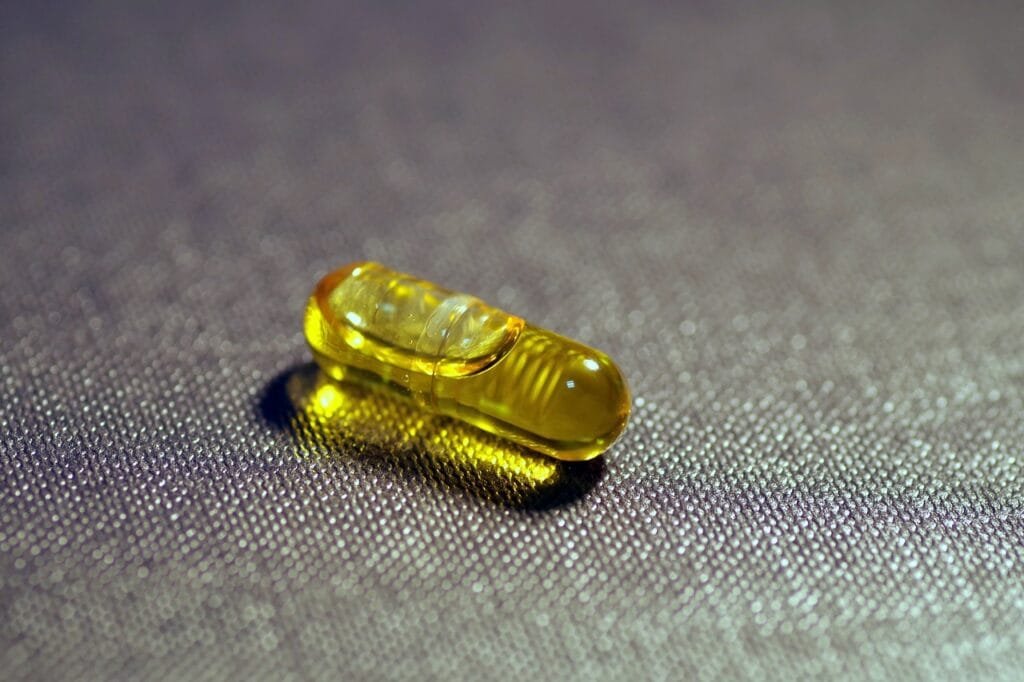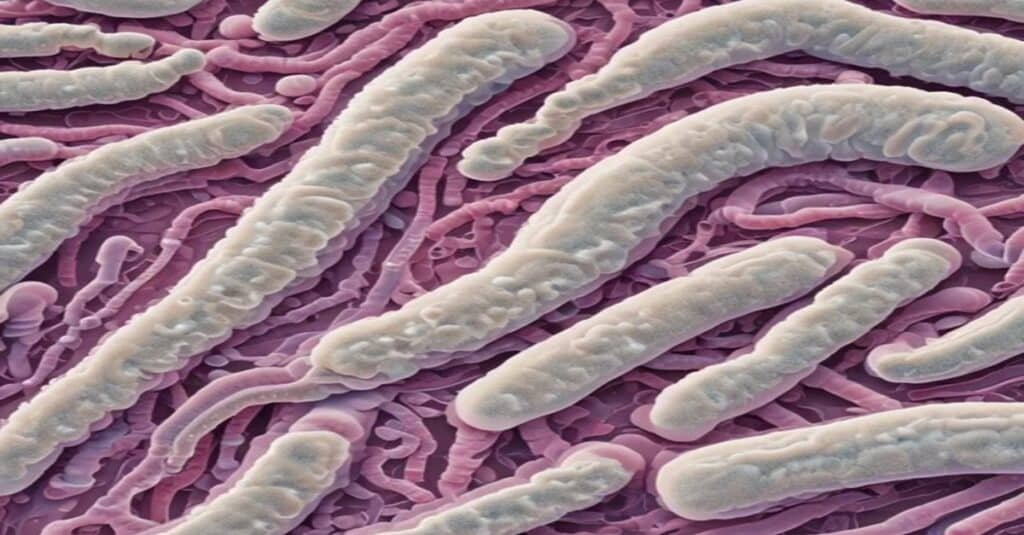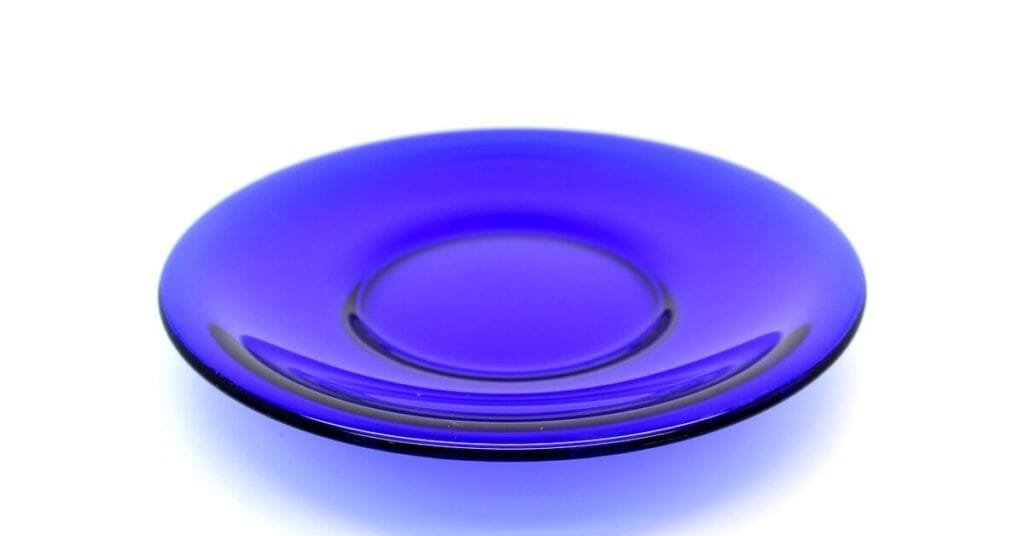How Probiotics Support Your Health
Did you know your body contains more bacteria than people on Earth? According to research by doctor Tiffany Scharschmidt, each square centimeter of our skin has approximately one million microorganisms (1). And that’s nothing compared to the number of bacteria in your gut.
For some, just thinking about it may trigger an urge to wash their hands. But do you need to wipe all bacteria off to live healthier lives? Interestingly, some bacteria can protect you instead of causing harm.

The difference between healthy and harmful bacteria
We have a microbiome in all areas with skin and mucosa, including the digestive system. This microscopic environment of healthy bacteria is a result of evolution. It helps us explore the world and live new experiences without worrying about harmful bacteria.
See our post Workout routine for busy professionals
The difference is that healthy bacteria are not aggressive and won’t release toxic substances. Harmful bacteria colonize the gut rapidly and can become problematic in a few days or hours. Healthy bacteria occupying your intestinal lining prevent pathogens from settling in. By eliminating space for pathogens, healthy bacteria reduce the risk of infections that cause symptoms such as cramps and diarrhea.
That’s why probiotics are commonly recommended when you have gastrointestinal problems. They are found in yogurt, other fermented products, and commercial supplements. These offer several colony-forming units to measure live bacteria in each serving. Moreover, probiotics vary depending on the type of bacteria they have, adding an extra layer of variability.
What happens when you take a probiotic?
When you take probiotic foods or supplements, they should reach your gut to start having an effect. Before that, the first obstacle is surviving the stomach’s acidic environment. Most bacteria can only survive this stage if encapsulated or protected by food-grade coatings. That’s why it’s always recommended to consume probiotics with meals.
After leaving the stomach, they go through the small intestines. However, the transit in this area is very rapid, and most probiotics do not have an effect here. In contrast, the large intestines have slower transit and a friendly pH, allowing bacterial growth. That’s where probiotics take effect.
The bacteria will then find a free spot to stay and grow. Then, they reproduce and typically use dietary fiber as an energy source. Thus, to maximize the benefits of probiotics, consume them with fruits and vegetables. Alternatively, You may find prebiotic supplements containing dietary fiber (2).
Read our post for best hypoallergenic Indoor plants
Advances in gut microbiota
The journey of probiotics in your organism continues days and weeks after consuming them. Even when the original bacteria is gone, thousands of copies take their place and will continue doing their job. Their effects are different depending on the strain.
Some bacterial strains are better at stopping diarrhea. Others release anti-inflammatory substances known as short-chain fatty acids. Some may even produce B vitamins and vitamin K. Depending on what you need, a combination of probiotics can address specific health needs (3).
New research about gut microbiota is now trying to determine which combinations are better for different health problems. Some bacterial strains reduce the symptoms of immune-related problems such as rheumatoid arthritis. Others may help with depression and even facilitate weight loss (4).
However, research remains limited due to the sheer number of microbial strains and their diverse effects on individuals. In any case, what’s in for all of us is that probiotics can improve more than gastrointestinal issues. Probiotics not only support gut health but also play a vital role in enhancing immunity, reducing inflammation, and potentially addressing conditions such as depression and arthritis.
References:
- Scharschmidt, T. C., & Fischbach, M. A. (2013). What lives on our skin: ecology, genomics and therapeutic opportunities of the skin microbiome. Drug Discovery Today: Disease Mechanisms, 10(3-4), e83-e89.
- Pandey, K. R., Naik, S. R., & Vakil, B. V. (2015). Probiotics, prebiotics, and synbiotics-a review. Journal of food science and technology, 52, 7577-7587.
- Bodke, H., & Jogdand, S. (2022). Role of probiotics in human health. Cureus, 14(11).
- Trush, E. A., Poluektova, E. A., Beniashvilli, A. G., Shifrin, O. S., Poluektov, Y. M., & Ivashkin, V. T. (2020). The evolution of human probiotics: challenges and prospects. Probiotics and antimicrobial proteins, 12, 1291-1299..
Watch The YouTube Probiotic Video.
To see other nutrition articles click here.




